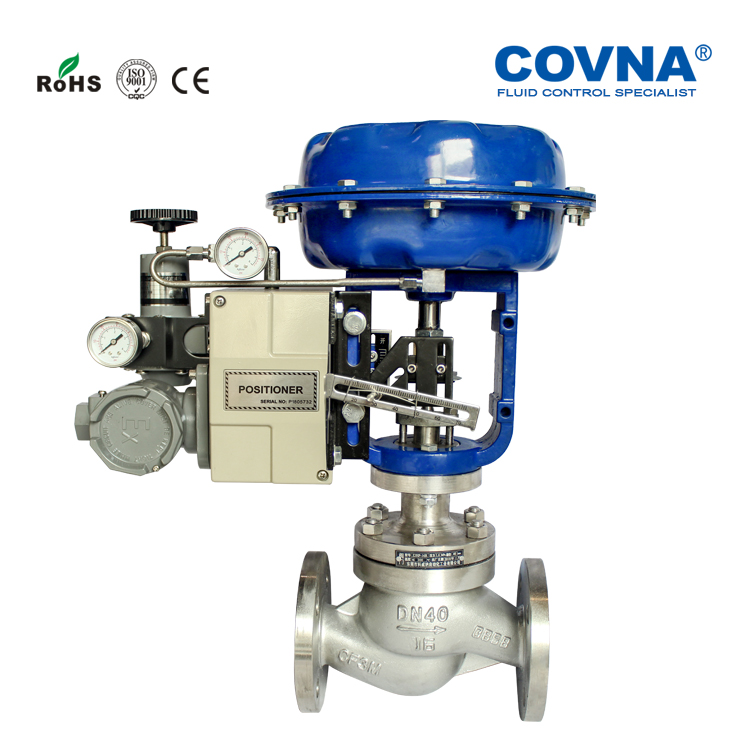Pneumatic actuator valves are essential components in modern industrial automation systems. These pneumatically actuated valves combine compressed air power with precision engineering to control flow in various applications. Let’s explore why valve with pneumatic actuator configurations have become the preferred choice across industries.
What Makes Pneumatic Valves and Actuators Work?
Valve Body: Regulates media flow
Pneumatic Actuator: Converts air pressure to mechanical motion
Positioner: Ensures accurate valve positioning
Accessories: Includes solenoid valves and limit switches
Key Advantages of Actuator Pneumatic Valve Systems:
• Fast response time (<1 second)
• Suitable for hazardous environments (no risk of sparking)
• 40% lower maintenance costs than electric systems
• Generates up to 50,000N of thrust
• Temperature tolerance: -40°C to 150°C
Industrial Applications of Pneumatically Actuated Valves:
Oil & Gas | Water Treatment | Pharmaceutical Manufacturing | Food Processing | Chemical Plants
Five key parameters for selecting pneumatically actuated valves:
Torque requirements (Nm)
Working pressure range (bar)
Valve type (ball valve/butterfly valve/stop valve)
Actuator type (double acting/spring return)
Certification requirements (ATEX/SIL/ISO)
Post time: Apr-07-2025




